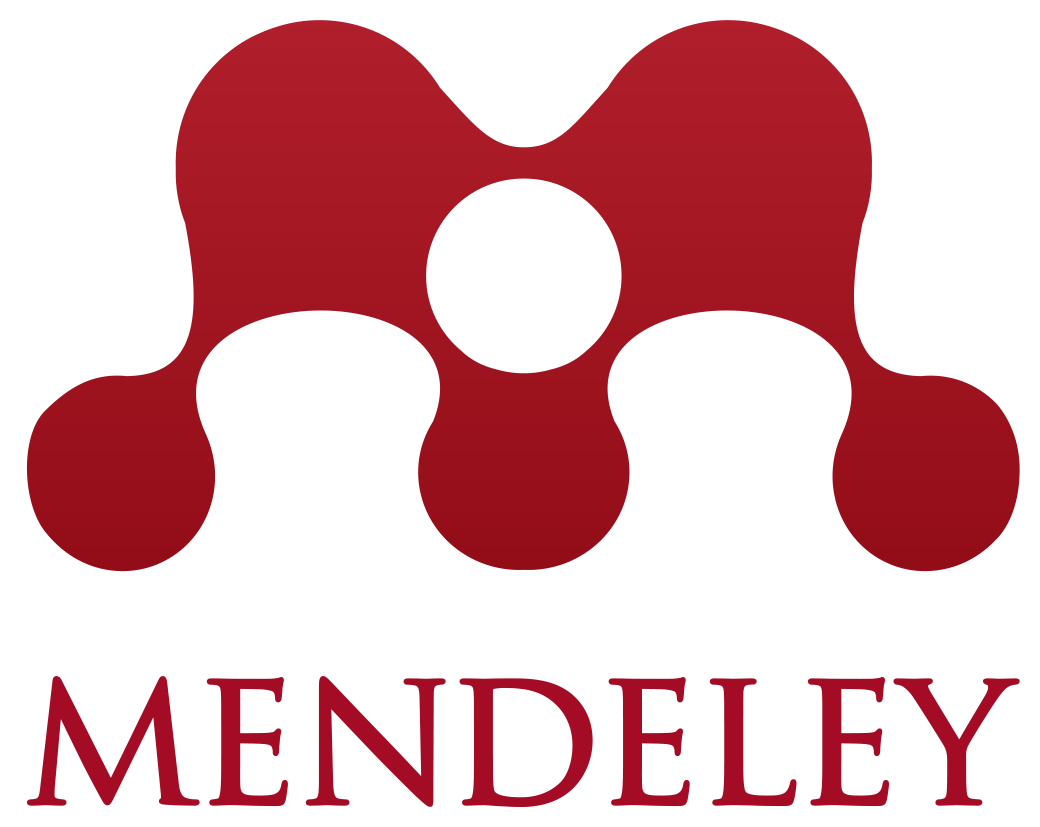Validating Nutrient Status Using Plus One Test Model on Latosol by Maize
Validasi Status Hara Model Plus One Test pada Latosol dengan Indikator Jagung Manis
Abstract
The nutrient status evaluation model plus one test is carried out to determine which nutrients are the limiting factor. This model needs to be validated both statistically and agronomically of plant growth and production, so the results can be interpreted appropriately. This study aimed to statistically validate the nutrient status of the model plus one test, evaluate the effect of fertilizer treatment on the growth and production of maize, and the correlation of available soil nutrients with plant nutrients. The experiment was conducted at the Cikabayan Farm, Dramaga Bogor. The experiment used a plus one test treatment design which included: (1) Control, (2) N, (3) N + P, (4) N + P + K, (5) N + P + K + Ca, (6) N + P + K + Ca + Mg, and (7) N + P + K + Ca + Mg + S. Fertilizers used are Urea (N), SP-36 (P), KCl (K), agricultural lime (Ca) ), MgO (Mg), and ZA (S). The environmental design used a randomized block design of 2 replications to obtain 14 experimental units. The results showed that the nutrient of the limiting factor was Ca. This is evident from the results of the variance which showed that the addition of Ca nutrient treatment significantly affected the growth and production of maize. Correlation of exchangeable Ca with crop Ca nutrient content was higher than other nutrients (correlation coefficient / r = 0.75), and classified as very significant. In leaf color reflectant was found that red and green color reflectant was influenced by K nutrient treatment, blue color reflectant by P and Ca nutrients, green and blue color reflectant by Mg nutrient treatment, while blue and red color reflectant by N and S. Nutrient treatment results from nutrient status is used for further fertilization actions.
Downloads
References
Aisyah, A., I.W. Suastika dan R. Suntari, 2015. Pengaruh aplikasi beberapa pupuk sulfur terhadap residu, serapan, serta produksi tanaman jagung di mollisol Jonggol, Bogor, Jawa Barat. Jurnal Tanah dan Sumberdaya Lahan. 2(1): 93-101.
Diaz, O.V., S.C. Kefauver, A. Elazab, M.T.N. Taladriz and J.L. Araus. 2015. Grainyield losses in yellow-rusted drum wheat estimated using digital Anaconventional parameter under field conditions. The Crop Journal, 3: 2000-2010.
Eviati dan Sulaeman. 2009. Petunjuk Teknis Jilid 2: Analisis Kimia Tanah, Tanaman, Air, dan Pupuk. Balai Penelitian Tanah, Bogor.
Fi’iliyah, Nurjaya dan Yekhfani. 2016. Pengaruh pemberian pupuk KCl terhadap N, P, K tanah dan serapan tanaman pada Inceptisol untuk tanaman jagung di Situ Hilir, Cibungbulang, Bogor. Jurnal Tanah dan Sumberdaya Lahan. 3(2): 329-337.
Leiwakabessy, F.M. dan A. Sutandi. 2004. Pupuk dan Pemupukan. Departemen Tanah, Fakultas Pertanian, IPB, Bogor.
Lillesand, T.M. and R.W. Kiefer. 1997. Penginderaan Jauh dan Interpretasi Citra. Dulbahri, Suharsono P, Hartono, Suharyadi, penerjemah. Gadjah Mada University Pr. Yogyakarta.
Luna, A.M., E.R. Garcia, A.L. Herrera, G.S. Zarazua, R.O. Velazquez, R.G. Gonzalez, G.H. Rulz and I.T. Pacheco. 2010. Nitrogen determination on tomato (Lycopersicon esculentum Mill) seedlings by color image analysis (RGB). Journal of Biotechnology. 9(33): 5326-5332.
Nugroho, B. 1996. Petak pemupukan dan percobaan Minus One Test. Disajikan dalam Pelatihan Pembinaan Uji Tanah dan Analisis Tanaman, Kerjasama antara Fakultas Pertanina, IPB dengan Agriculture Research and Management Project (ARMP). Bogor, 25 November – 7 Desember 1996.
Pasta, I., A. Ette dan H.N. Barus. 2015. Tanggap pertumbuhan dan hasil tanaman jagung manis (Zea mays L. Saccharata) pada aplikasi berbagai pupuk organik. Jurnal Agrotekbis, 3(2): 168-177.
Rosmarkam, A. dan N.W. Yuwono. 2002. Ilmu Kesuburan Tanah. Kanisius, Yogyakarta.
Sacała, E., A. Biegun, A. Demczuk and E. Grzys. 2005. Effect of NaCl and supplemental calcium on growth parameters and nitrate reductase activity in Maize. Acta Soc. Bot. Pol., 74: 119-123.
Safuan, L.O. 2007. Penyususnan rekomendasi pemupukan N, P, dan K pada tanaman nenas (Ananas comosus (L) Merr.) smooth cayenne berdasarkan status hara tanah [Disertasi]. IPB. Bogor.
Setyorini, D., J.S. Adiningsih dan S. Rochayati. 2003. Uji Tanah Sebagai Dasar Penyusunan Rekomendasi Pemupukan. Agro Inovasi, Bogor.
Sitko, K., Z. Gieron, M. Szopiński, P.Z. Rusinowska, S. Rusinowski, M. Pogrzeba, A.D. Golec, H.M. Kalaji and E. Małkowski. 2019. Influence of short-term macronutrient deprivation in maize on photosynthetic characteristics, transpiration and pigment content. Scientific Reports, 9: 141818. https://doi.org/10.1038/s41598-019-50579-1.
Suharto, T.R.O., T.C. Setiawati dan S. Winarso. 2018. Peningkatan ketersediaan dan serapan P pada tanaman jagung di lahan tercemar limbah padat kapur (lime mud) melalui penambahan bahan organik. Jurnal Agroteknologi Universitas Andalas, 2(2): 1-10.
Suntoro, J. Syamsiah dan W Rahina. 2017. Ketersediaan dan serapan Ca pada kacang tanah yang diberi abu vulkanik kelud dan pupuk kandang. Agrosains, 19(2): 51-57.
Syafruddin. 2015. Manajemen pemupukan nitrogen pada tanaman jagung. Jurnal Litbang Pertanian, 34(3): 105-116.
Waluyo, W.W.S., S. Suharti dan L. Abdullah. 2016. Metode cepat pendugaan kandungan protein kasar pada rumput raja (pennisetum purpurhoides) menggunakan nilai indeks warna daun. Pasutra, 5(2): 76-82.
Department of Soil Science and Land Resources Departemen Ilmu Tanah dan Sumberdaya Lahan, Faculty of Agriculture Fakultas Pertanian, IPB University



















